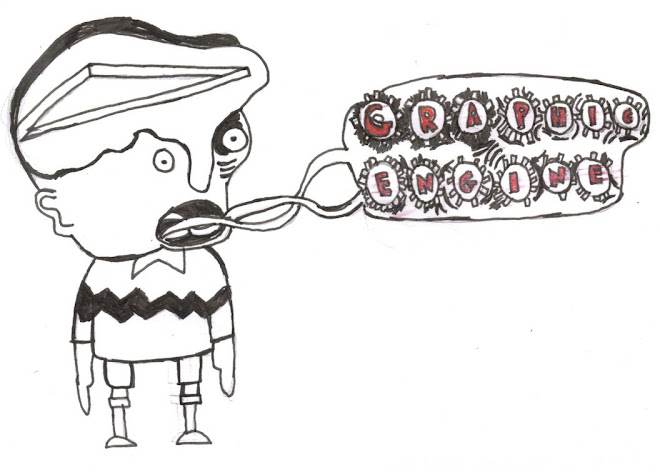
I have a small goal, one that when I confess it makes me feel like I should be locked away in a home for the socially inept. I wish to own ALL of the weird and wonderful comics collected together in Paul Gravett and Peter Stanbury's great little reference book The Leather Nun and Other Incredibly Strange Comics This book gives you a taster of a whole range of comic book alternatives to offbeat erotica, cheap b-movies, and exploitation shlock horror including Amputee Love, Barkley versus Godzilla, and Hansi: The Girl Who Loved The Swastika. Derf's twenty six page comic book true life story about his high school experiences with the notorious serial killer Jeffery Dahmer is the first one of The Leather Nun comics that I can cross off my list. It all starts off with a pretty intelligent and yet straightforward text only introduction from the author/artist of the book. It responses openly to questions about why he wrote the book, and his difficulties getting it published, before finally sticking a boot in to any would-be serial killer groupies reading it requesting them not to contact him, and go and get help. He finally explains in response to people questioning the authenticity of his story, that he deliberately toned down his usual style of artwork(*1) in order for it to match the straightforwardness of his story and therefore make it entirely believable. Derf's handling of the story is effective because it remains fairly neutral and open ended throughout. It doesn't glamorise Dahmer or set out to represent him as evil incarnate, neither does it alievate him of his crimes due to a less than perfect childhood. Derf does express a certain belief that perhaps if someone had taken notice of his strange actions Dahmer might have been saved, but he places the emphasis on the word 'might' acknowledging that there was something in Dahmer's make up that wasn't right from the beginning, a numbness almost. His storytelling is sparing, both visually and in terms of narrative. In terms of plot outline, it is broken down into a series of small chunks that make up the bigger picture. There are no real earth shattering moments of relivation but Derf's omnipotent narration at the top of the panels piece together clues and signs that his teenage self may have missed or just chose to ignore. Visually Derf makes good use of black and white, and a very subtle use of shadow, a lot of which ends up focused on Dahmer's face in a perhaps cliched attempted to make him look menacing and/or tortured. A fairly uniform panel layout except for a few visual effects and metaphors (the end of the penultimate section of the comic sees the final panels shrink in size to represent Dahmer's withdrawal from society) means that you are not distracted from the story at hand. Overall this small slice of life comic is well worth owning although I wouldn't expect any major insights into the mind of a serial killer when reading this. Derf however is honest and brave in this comic, admitting guiltily that although he was no way responsible for what happened to Dahmer, his friendship with him was not one based on mutual respect.

View Derf's website here.
-------------------------------------------------------------------------------------------------
(*1) Derf's style is usually heavily influences by his punk sensibilities, something that is desperate to break out in some of the depictions of Dahmer imitating his disabled decorator, with the grotesque distorted lip curl Derf comes across like a slightly more two dimensional Charles Burns





No comments:
Post a Comment